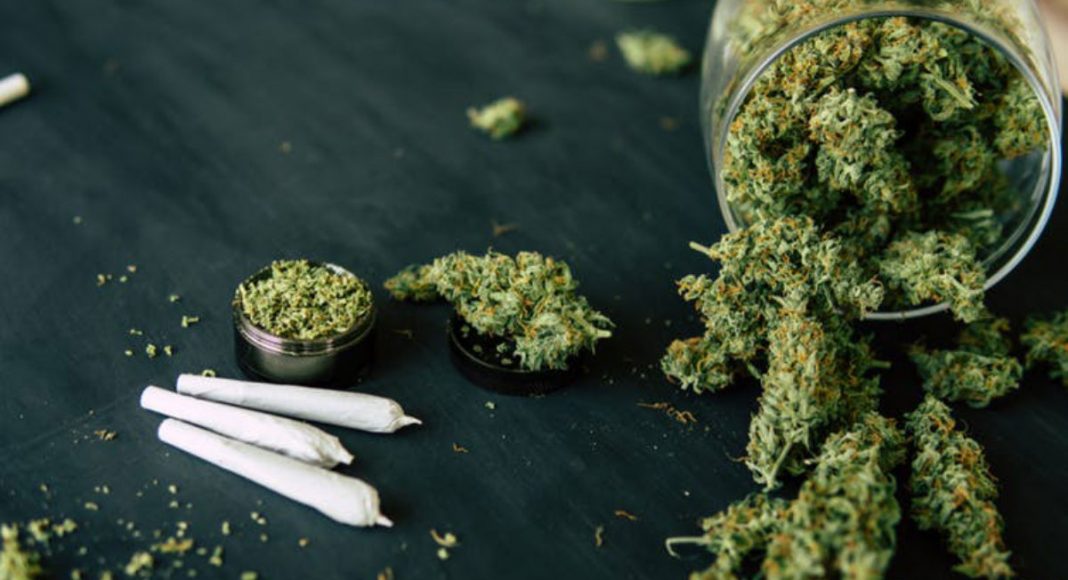Around the world, there is a steady shift towards the legalisation of marijuana. But how should governments considering such a move ensure it is done effectively, fairly and safely?
Mexico is a good test case. The Mexican Supreme Court recently ruled that the prohibition of marijuana was unconstitutional, but the new government supports legalisation, so the question no longer is if Mexico should legalise cannabis, but how.
President Andrés Manuel López Obrador’s incoming administration has presented an initiative to regulate cannabis from seed to smoke. Legal cannabis would be accessible for recreational, medicinal and industrial uses through a commercial market, non-profit associations, so-called “cannabis clubs”, and home cultivation; all overseen by the establishment of an Instituto Mexicano de Regulación y Control del Cannabis.
But how good is this proposal, how can we tell – and is it a good model for other countries to follow? We analyse the proposal according to the “Ten Ps of marijuana legalisation”, a list of issues developed by drug policy expert Beau Kilmer that should be considered when legalising marijuana. They are: production, profit motive, promotion, prevention, policing and enforcement, penalties, potency, purity, price and permanency.
The Facts
Production: The number of producers and the quantity they can produce determine the functioning of a market. Although the initiative limits home cultivation and cannabis clubs to 480g or 20 plants per person, supply levels for the commercial market are not set. But the necessity to obtain a license ensures eventual state control over who can produce how much marijuana.
Profit motive: Entrepreneurs want to maximise their profits and will seek to expand their customer base. But this is at odds with the public health objective of limiting cannabis consumption. To resolve this tension, the government’s initiative intends to employ several regulatory tools to find “an equilibrium between absolute prohibition and the free market”. For example, licensing requirements prevent companies from exercising too much control over either the whole value chain or one part of it.
Promotion: As with alcohol or tobacco, advertising is key for enticing new users to try out a substance. That is why it is important to decide whether, or to what extent, to allow the promotion of cannabis. The initiative currently prohibits “all direct or indirect publicity that has the goal of promoting cannabis use”.
Prevention: To minimise problematic use, information and prevention are vital. While the initiative requires dispensaries, cannabis clubs and the regulatory agency to run information and prevention campaigns, where the funding for them will come from has not yet been determined.
Policing and Enforcement: To be effective, established limits need to be policed. For example, the initiative states that driving under the influence of cannabis will be sanctioned. Although it requires that “the detection method must be based on scientific evidence and disregard discretion”, currently there is no good way to determine if someone is driving while high. Unfortunately, Mexican police tend to take advantage of such uncertainties to exact bribes.
Penalties: Those who break rules have to face consequences. The initiative foresees that administrative sanctions, such as fines, community service or temporary arrest will apply to those who do not play by the rules established by cannabis regulation.
Potency: As with alcohol, the varying potency of marijuana results in varying degrees of harm. The initiative establishes that the Instituto Mexicano de Regulación y Control del Cannabis will set both the potency levels and the ratio of the main psychoactive components of the cannabis sold.
Purity: As with any other legally sold product, marijuana should undergo testing to ensure it isn’t contaminated with adulterants, pesticides or other impurities – and that it is what it claims to be. The initiative establishes that the cannabis regulation institute will also oversee quality control for both the production process and the product.

Price: Setting the right price for legal cannabis is probably the most vexing problem the legalisation process faces. What we know is that if the price is too low, consumption increases, while if the price is too high, dealers will continue to sell marijuana illegally. So there is a tension between the two objectives of protecting public health and attacking black markets. Although the initiative pretends to achieve both goals, it does not elaborate on how to establish the right price point.
Permanency: Once established, rules, regulations and institutions tend to be sticky. They persist even if they are ineffective or outdated. Consequently, it is important to establish mechanisms that will allow the law to be evaluated and, if necessary, updated. The initiative contemplates this point and empowers the cannabis institute to periodically evaluate how well legalisation is working.
Will it work?
The choices made in designing cannabis legalisation are central for determining the costs and benefits of legally available cannabis. As our analysis shows, the proposal to legalise marijuana in Mexico is generally both well thought out and comprehensive, touching on all of the crucial issues identified by Kilmer. While some points require elaboration, this can be easily done in legislative deliberations and subsequent regulations.
Proceeding with caution might be advised, but would-be reformers should not be discouraged from legalising marijuana in Mexico. They can draw on existing international experiences and the domestic expertise of academics and civil society. Marijuana legalisation is not just a risk but also an opportunity for Mexico to create drug policies that are more fair, inclusive, respectful of human rights and protective of public health. This initiative is an indispensable first step in the right direction and a solid foundation to build on.![]()
Jonas von Hoffmann, DPhil Candidate in Politics, University of Oxford and Raúl Bejarano Romero, , Centro de Investigación y Docencia Económicas
This article is republished from The Conversation under a Creative Commons license. Read the original article.


